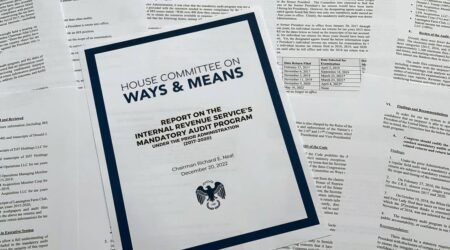By Subrata Majumder
A new landscape of currency dominance in the global market is taking place as the US dollar is losing its pre-eminence and the Chinese yuan gaining steam.
According to an IMF survey, dollar share in central bank foreign exchange reserves declined from 71 percent in 1999 to 59 percent in 2021. This resulted in a steady decline in the use of the US dollar in global trade, according to Mr Fareed Zakaria, foreign affairs columnist in the article in Washington Post.
The allegation against dollar losing steam is dollar-weaponization. The US dollar has been increasingly used as economic sanctions against non-US allies rather than facilitating trade financing. According to Ruchir Sharma, Head of Rockefeller Capital Management International, “30 percent of all countries now face sanctions from the US, EU, Japan and the UK – up from 10 percent in the early 1990’s.”
This has led a number of countries to adopt for de-dollarization of their international trade and cash reserve to rein in dollar volatility.
China has been the de-dollarization. Since 2011, China gradually shifted to Chinese yuan from US dollar in trade financing and in 2018, it started buying oil in yuan. As a matter of fact, the Chinese yuan is emerging as a major challenge to the US dollar. By the end of 2020, Chinese Yuan emerged as the largest component of non-traditional currency in the global reserves – such as Australian dollar, Canadian dollar, Swiss franc and Chinese yuan.
In 2016, Chinese Yuan became the first emerging market currency to be included in IMF Special Drawing Rights (SDR). Until that period, only the Big Four had the privilege to be in the SDR. The Chinese yuan is being pushed as a global currency for trade and paving the way for de-dollarization.
In 2022, Turkey and Russia agreed to use Russian rubles in trade for natural gas. In 2022, Russian president Putin signed an order, desisting ‘non-friendly’ countries – USA, Eu, Japan etc. – from buying Russian gas in any other currency other than Russian rouble, as a retaliation against US sanctions on Russia. In January 2023, Finance Minister of Saudi Arabia Mohammed AI – Jaddan said that it was open to trade in other currencies, besides US dollar.
The momentum growth in de-dollarization was spearheaded by a surge in ruble–yuan trade, owing to the Ukraine invasion. According to Reuter, “Rouble-yuan trade increased eightfold from February to October 2022’
India is not left behind in the de-dollarization rally. The single biggest item of import of India, which is traded in US dollar is crude oil. India is the third biggest importer of crude oil in the world. Oil accounts for nearly one third of total import of India. Given the burgeoning US sanctions and OPEC’s manoeuvring of oil prices, India gradually followed global movement for de-dollarization. It surged largely diversified imports of crude oil from Russia, based on the terms of non-dollar payment.
Resultantly, Russia emerged as the second biggest supplier of crude oil to India. In the first ten months of 2022-23 (April-January), import of crude oil from Russia increased to 20 percent of total import, as compared to 2 percent in the corresponding period last year. Most of the oil imports from Russia were paid in non-dollar currencies, which included United Arab Emirates dirham and ruble, according to Reuters.
To tide over the US sanctions, India and Russia set up alternative arrangements. Indian refineries have accepted Russian insurance. Russian oil suppliers are trying to handle Urals oil transport to India themselves, using their own vessels and shipping arrangement. Further, the Indian government has permitted nine Indian banks to open vostro accounts with Russian banks. This will facilitate the deal with Russian oil in rupee trade in currency swapping deal. Indian UCO bank has opened the vostro accounts with Russian Gazprombank and VTB banks.
Furthering the de-dollarization movement, the Reserve Bank of India (RBI) introduced additional convertibility of Indian Rupee from July in 2022 for trade financing. It allowed invoicing and payment of international trade in Indian rupee under “International settlement in Indian Rupees”. RBI allowed 18 countries to transact trade in Rupees.
According to Indian Finance Minister Nirmala Sitaraman, RBI initiated this measure to rein in Rupee susceptibility to dollar and euro – the two major currencies dealing with Indian exports and imports – and settle Rupee with non-dollar currencies, which are more stable. This will shield Indian exporters from currency risks and ensure to offer stable export prices to the importing countries. Eventually, this will act benignly to boost exports of the country.
The latest Economic Survey in India was upbeat to promote international trade in domestic currency. It envisaged that it will protect Rupee from volatility and reduce cost of business in the global market. The survey advocated that it could help Indian exporters in getting advance payment in Rupee from overseas clients.
In summing up, the de-dollarization movement will pave the way for rupee convertibility. This will prove benign to rupee stability, which ultimately helps to boost exports.

Subrata Majumder is a former advisor to JETRO – Japan External Trade Organization, under The Ministry of Economy, Trade and Industry (METI), Government of Japan.
Disclaimer: The views expressed are not necessarily those of The South Asian Times












